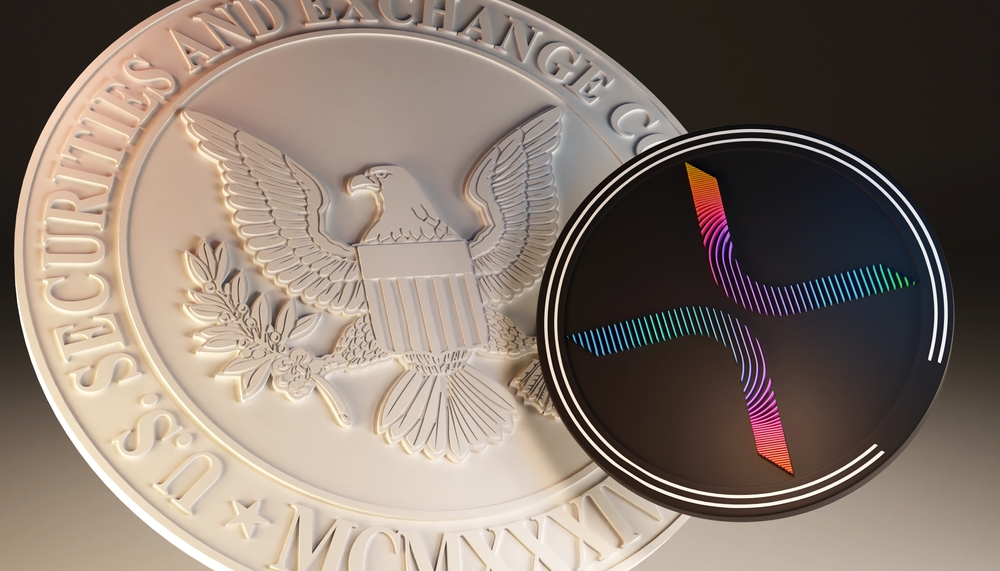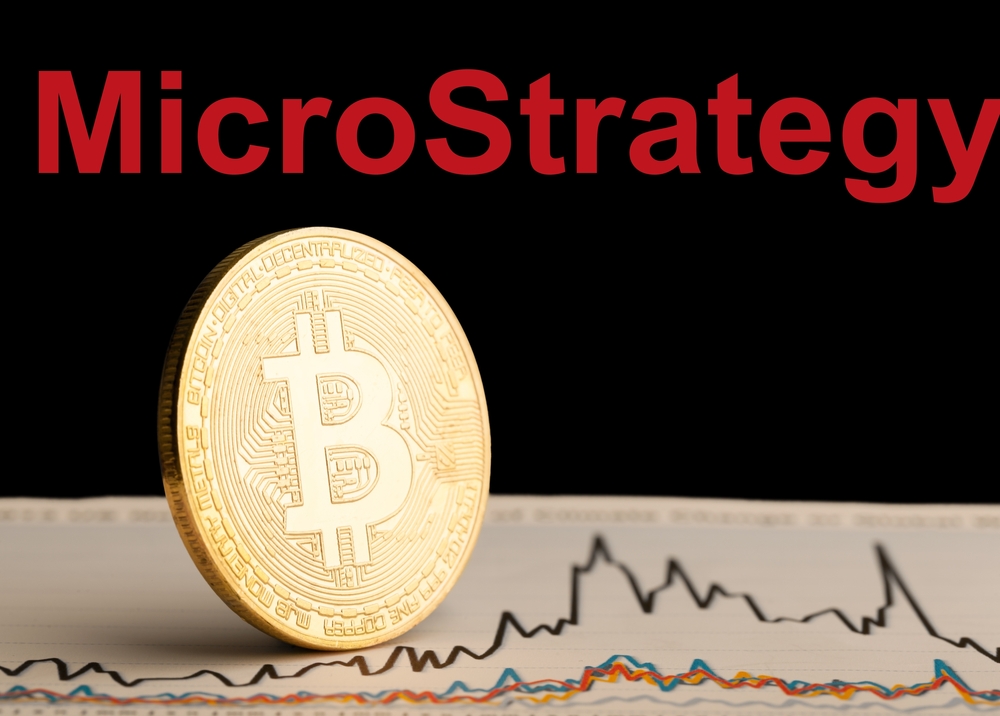Table of Contents
ToggleIntroduction
The 2024 Bitcoin halving is a significant event that potentially alters the landscape of cryptocurrency by reducing the reward for mining new blocks. This event happens approximately every four years and is designed to maintain the scarcity of Bitcoin by cutting the block reward in half. As the halving approaches, speculations and predictions about its impact on the market dynamics, mining community, and broader economic implications become a focal point for investors, users, and financial analysts alike.
Understanding the mechanics of the Bitcoin halving is essential to grasping its potential consequences. The halving could affect the profitability of mining due to the decreased reward per block, which may lead to changes in the security and hashing power of the network. Moreover, the expected decrease in new Bitcoin supply can lead to bullish behavior in the market as historically seen in past halving events.
Key Takeaways
- The 2024 halving will reduce the reward for mining new Bitcoin blocks, potentially affecting the coin’s scarcity and value.
- Changes in mining profitability post-halving may impact the network’s security and Bitcoin’s overall supply dynamics.
- Historical trends suggest the halving could lead to market anticipation and speculative investment, influencing Bitcoin’s price.
Understanding Bitcoin Halving
Bitcoin halving events are significant milestones in the cryptocurrency’s ecosystem that have historically impacted supply and market dynamics. In these events, the reward for mining new blocks is halved, effectively reducing the rate at which new bitcoins are generated and released into circulation.
Concept of Bitcoin Halving
Bitcoin halving is a process built into the Bitcoin protocol by its creator, Satoshi Nakamoto, to control the supply of new bitcoins entering the market. The halving event occurs every 210,000 blocks, or approximately every four years, and cuts the block reward given to Bitcoin miners by 50%. This mechanism serves two primary purposes: it enforces Bitcoin’s supply limit of 21 million coins and simulates a form of inflation that decreases over time. The next halving is anticipated to take place between February 2024 and June 2024, when the mining reward will drop from 6.25 to 3.125 bitcoins.
History of Previous Bitcoin Halvings
Previous Bitcoin halvings have occurred in November 2012, July 2016, and May 2020. Each event signified a milestone for Bitcoin’s economic model. For instance, the first halving reduced the reward from 50 to 25 bitcoins, and the most recent one from 12.5 to 6.25 bitcoins. Historically, these events have been associated with an increase in the value of Bitcoin due to the reduced supply of new bitcoins. However, past performance is not necessarily indicative of future results, and the impact of halving on Bitcoin’s price remains a topic of considerable speculation.
Effects on Bitcoin Mining
The 2024 Bitcoin Halving will impose pivotal changes on mining dynamics such as a halved reward for miners and potential shifts in mining difficulty, which in turn, affect energy consumption patterns and the efficiency of the mining process.
Impact on Mining Rewards
With the halving event anticipated between February and June 2024, Bitcoin miners will see their block reward diminish by 50%. Currently, they might receive a certain number of bitcoins (BTC) for successfully mining a block, but post-halving, this reward will be reduced by half, affecting their overall earnings.
Changes in Mining Difficulty
The Bitcoin blockchain is designed to adjust mining difficulty to maintain a target time between blocks. As rewards are halved and less efficient miners potentially leave the network due to reduced profitability, one might expect a subsequent adjustment in mining difficulty that could either increase or decrease depending on the total hashing power of the network at that time.
Energy Consumption and Efficiency
A reduction in mining rewards could lead to a decreased number of active miners if profitability decreases, potentially leading to a reduction in energy consumption. Furthermore, the remaining mining operations may need to become more energy-efficient to sustain their activities, fostering innovation in the space of energy-efficient mining technologies.
Economic Implications
The economic implications of the 2024 Bitcoin Halving center on the potential shifts in supply and demand dynamics, and the influence these changes may have on inflationary and deflationary pressures.
Supply and Demand Considerations
With the halving event, the reward for Bitcoin mining is cut in half, thereby reducing the rate at which new bitcoins are created and consequently decreasing the supply growth rate. This change in the supply schedule can lead to an increase in bitcoin prices if demand remains steady or grows, due to the perceived scarcity of new coins entering the market.
Inflation and Deflationary Impact
In the context of Bitcoin, the halving event could have a deflationary effect as the rate of new supply slows down. If the demand for Bitcoin continues to rise due to its perception as a store of value akin to digital gold, the reduced inflation rate of the coin’s supply might bolster its purchasing power over time. This scenario illustrates the potential impact of Bitcoin’s designed monetary policy, which is programmed to decrease the inflation rate periodically through such halving events.
Bitcoin’s Market Dynamics
The upcoming 2024 Bitcoin Halving is anticipated to impact market dynamics significantly, with potential alterations in price volatility and shifts in investment interest.
Price Fluctuations and Volatility
During past halving events, Bitcoin’s price has exhibited considerable volatility. This is because the halving reduces the reward for mining new bitcoins, effectively decreasing the rate at which new bitcoins are created and thus altering the supply dynamics. For instance, historical trends suggest a price increase following a halving, as was seen when the market price was $12.5 for a bitcoin after one such event. However, the exact reaction in 2024’s halving may vary due to numerous factors including investor expectations, current economic conditions, and evolving market sentiments.
Market Capitalization and Investment Interest
The halving event tends to attract heightened investment interest, as investors often view the reduced supply growth as a bullish signal. Bitcoin’s market capitalization is a critical indicator of its perceived value, representing the total value of all bitcoins in circulation. For example, Bitcoin’s dominance in terms of its market cap vs the entire crypto market has remained substantial. The 2024 halving could potentially increase Bitcoin’s scarcity, thereby influencing both its market cap and its attractiveness to new and existing investors. It remains to be seen how this event will shape the investment landscape and whether it will drive increased capital into the market.
Cryptocurrency Ecosystem
The 2024 Bitcoin Halving is a pivotal event for the cryptocurrency ecosystem, influencing transaction dynamics and security protocols, as well as comparisons to other cryptocurrencies like Ethereum.
Transactions and Security
The cryptocurrency ecosystem is built on a foundation of secure transactions. Bitcoin transactions are verified by miners who use powerful computers to solve complex mathematical puzzles. The process of halving directly impacts these miners as it cuts the block reward in half, effectively altering the network’s security model by reducing the incentive to mine new blocks. This can potentially increase transaction fees if the miners’ compensation through the block reward diminishes significantly. Security remains robust, though, as the underlying blockchain technology ensures that each Bitcoin transaction is recorded immutably on a public ledger.
Comparisons to Other Cryptocurrencies
Comparing Bitcoin to other cryptocurrencies, particularly Ethereum, highlights differences in approach and technology. Unlike Bitcoin, Ethereum allows for the execution of smart contracts, not just transactions of currency. This offers a wider array of uses beyond simple asset transfers. Post-halving, Bitcoin may face increased competition from Ethereum as it evolves with Ethereum 2.0 enhancements, which aim to improve scalability and security — factors critical to sustaining its widespread utility in the ecosystem. Moreover, the reduced block reward for Bitcoin could shift miners’ focus towards Ethereum if it proves to be more profitable.
Bitcoin’s Network and Technology
The upcoming 2024 Bitcoin Halving will notably impact the incentives of miners and the overall security of the Bitcoin network. This section delves into the core technologies and structures that underpin Bitcoin and how they may evolve post-halving.
The Role of Decentralization and Nodes
The Bitcoin network remains robust due to its decentralized nature, with nodes distributed globally. Each node validates and relays transactions, playing a crucial role in maintaining the integrity and resilience of the network against attacks. In anticipation of the halving, these nodes are essential for enforcing the consensus rules, which will not change despite the halving event reducing miner rewards.
Proof-of-Work and Blockchain Evolution
Proof-of-Work (PoW) is the consensus algorithm that underpins Bitcoin’s blockchain. It ensures network security by requiring computational work to validate new blocks. While inherently energy-intensive, PoW provides unmatched security and decentralization. As block rewards halve, miners must become more efficient to sustain profitability, potentially spurring technological advances in mining hardware and practices.
Future Technological Advancements
Post-halving, it is likely that the Bitcoin network will witness advances in energy efficiency and mining technology. With reduced block rewards, miners will have to leverage technological advancement to offset decreased revenue. This could include more energy-efficient mining rigs and the development of second-layer solutions that improve Bitcoin’s scalability and reduce transaction fees, ensuring long-term viability despite lower incentive from block rewards.
Investment Perspectives
With the anticipated 2024 Bitcoin Halving, investors are closely watching the potential shifts in Bitcoin’s valuation and its role in the financial landscape. This event could significantly affect Bitcoin as an asset class and influence both institutional and retail investment strategies, while regulatory responses may provide further market direction.
Bitcoin as an Asset Class
Bitcoin is often characterized as a digital gold and an inflation hedge, with the halving potentially strengthening this narrative. Historically, halving events have led to an increase in Bitcoin’s price due to the reduced supply of new coins entering the market, as seen with the price surge following previous halvings. The upcoming event may further cement Bitcoin’s reputation among investors as a viable asset class within a diversified investment portfolio.
Institutional and Retail Investors
Institutional investors have shown growing interest in cryptocurrencies, viewing them as alternative assets that can offer non-correlated returns compared to traditional investments. The 2024 Halving could accelerate institutional adoption, with firms seeking to capitalize on potential post-halving price increases. Retail investors, attracted by the prospects of high rewards, might also increase their exposure to Bitcoin, thereby adding to market demand and volatility.
Regulatory Impacts
Regulatory developments will play a crucial role in shaping the financial landscape for Bitcoin post-halving. Clear regulations can lead to increased investor confidence, while uncertainty or restrictive policies may hinder Bitcoin’s growth. Investors will need to stay informed about global regulatory trends as these will have a direct impact on the liquidity, stability, and overall acceptance of Bitcoin as a financial asset post-2024 Halving.
Global Financial Influence
The 2024 Bitcoin halving is anticipated to prompt changes in the relationships between cryptocurrencies, fiat currencies, and gold, which may in turn affect central banks and monetary policies worldwide.
Interactions with Fiat Currencies and Gold
Bitcoin’s supply is capped at 21 million, and the halving event effectively slows down the rate of new Bitcoin creation. As this digital scarcity contrasts with potentially inflationary fiat currencies, some investors view Bitcoin as a modern-day equivalent to gold—a safe haven. As detailed in “The economic effect of Bitcoin halving events,” if the halving leads to increased Bitcoin prices, it could reinforce this perception.
The interactions are complex: should fiat currencies show signs of weakness or inflation, it could drive further investment into Bitcoin, which may in turn impact gold’s status as the primary safe-haven asset. Historically, post-halving periods have seen an increase in Bitcoin’s price, and any future repeat of this trend could intensify these interactions.
Central Banks and Monetary Policies
Central banks around the world have been consistently skeptical of cryptocurrencies, primarily due to the challenge they pose to traditional fiat currency systems. The “halving effect” on Bitcoin’s value could influence how central banks view digital assets within their regulatory frameworks and monetary policies. As stated in the paper on “Fair market value of bitcoin,” significant appreciation in Bitcoin value post-halving could encourage central banks to adjust policies, potentially recognizing cryptocurrencies as a part of the monetary ecosystem.
Even the anticipation of the halving can prompt preemptive actions. For instance, central banks might begin to develop or invest more resources into blockchain technology or central bank digital currencies (CBDCs) to balance control and innovation in the financial system. With their monetary policies, they could implement measures that reflect the rising importance of digital assets, attempting to either integrate or buffer their economies against the deflationary nature of cryptocurrencies like Bitcoin.
Public Reception and Speculation
The 2024 Bitcoin Halving is a key event anticipated to provoke public dialogue and trading strategies amongst investors. This event often incites a rally in market value, driven by speculation and trading activity, influencing both media attention and investor behavior.
Media Coverage and Public Interest
The Bitcoin Halving garners significant media coverage, which plays a pivotal role in shaping public interest. Major outlets often offer projections on the effect of the halving on Bitcoin’s USD value, sparking discussions across financial and tech communities. Historically, these discussions peak around the halving, potentially causing a rally in the cryptocurrency’s market value due to heightened public awareness.
Speculation and Trading Activity
Speculation intensifies as the halving approaches, with traders aiming to predict the impact on Bitcoin’s supply-and-demand dynamics. A common speculation is that reduced block rewards lead to scarce new Bitcoin, possibly driving up the market value. Trading activity typically escalates, with investors often split between those selling ahead of the event to capitalize on short-term gains and those holding long-term, anticipating a post-halving increase in value.
Impact on the Larger Economy
The 2024 Bitcoin Halving is a seminal event slated to affect the supply dynamics of Bitcoin, consequently influencing the cryptocurrency’s market capitalization. As the reward for mining new blocks is halved, the rate at which new bitcoins are introduced to the system slows down, inherently affecting the total availability of this digital currency. This event has historically been associated with increased interest and valuation, but its broader implications on the larger economy are significant, touching on trends in cryptocurrency adoption and the interface with digital finance and banking.
Cryptocurrency Adoption Trends
Cryptocurrency adoption may potentially accelerate as the halving draws media attention and public interest to the finite nature of Bitcoin, with a cap of 21 million bitcoins. Entities and individuals may perceive the reduced supply growth as a sign of scarcity, heightening Bitcoin’s appeal as “digital gold”. This perceived scarcity and the potential for increased value may encourage more institutions and consumers to consider Bitcoin as part of their investment portfolios, impacting asset allocation across the financial landscape.
Influence on Digital Finance and Banking
The halving could exert a bullish influence on the price of Bitcoin, thereby increasing the market capitalization of the digital currency. A higher valuation may lead to greater liquidity and legitimacy, favorably positioning Bitcoin as an asset class within the domain of digital finance. Banks and financial institutions are anticipating these shifts; some are progressively integrating cryptocurrency transactions and custodial services, acknowledging the growing intersection between traditional finance and digital currencies. This integration serves as a testament to the evolving nature of finance in the digital era.
Please note that the Bitcoin Halving is a significant event in the cryptocurrency calendar that can have substantial effects on the economy, but its impacts are complex and multifaceted. Predicting the exact consequences of the halving is challenging, and the above analysis should not be considered financial advice.
Frequently Asked Questions
Bitcoin halving is a significant event that has historically influenced the cryptocurrency’s supply and market dynamics. This section addresses specific inquiries related to the 2024 Bitcoin halving.
When is the 2024 Bitcoin halving expected to take place?
The 2024 Bitcoin halving is expected to occur between February 2024 and June 2024, as per the schedule of the Bitcoin network which reduces the block reward given to miners by half after every 210,000 blocks mined.
How has the Bitcoin halving historically affected the price of Bitcoin?
Historical patterns indicate a tendency for the price of Bitcoin to increase following past halving events, with supply reduction typically leading to bullish market sentiment. However, past performance is not a definitive predictor of future outcomes.
What can investors anticipate in terms of market changes post-2024 Bitcoin halving?
Post-2024 Bitcoin halving, investors may witness volatility in the market, as reduced block rewards often lead to speculative trading. The supply cut can potentially generate upward pressure on prices if demand for Bitcoin remains constant or increases.
How might the 2024 Bitcoin halving impact the mining community?
The mining community will see block rewards halve, potentially challenging the profitability for miners with higher overhead costs. This can lead to a shift in mining power towards more efficient mining operations or renewed interest in renewable energy sources to offset costs.
Is there an opportunity to invest strategically around the Bitcoin halving event?
Investors often view the halving as an opportunity to invest strategically, expecting a price increase due to reduced new supply. However, one should conduct thorough market analysis, as the event is widely known and potentially already factored into the price.
What are the long-term implications of Bitcoin halving for the cryptocurrency ecosystem?
In the long term, Bitcoin halving events are instrumental in reducing the inflation rate of the currency and ensuring its scarcity, mirroring the principles of precious metals like gold. This scarcity could reinforce Bitcoin’s position as a ‘digital gold’ and a store of value within the cryptocurrency ecosystem.



















